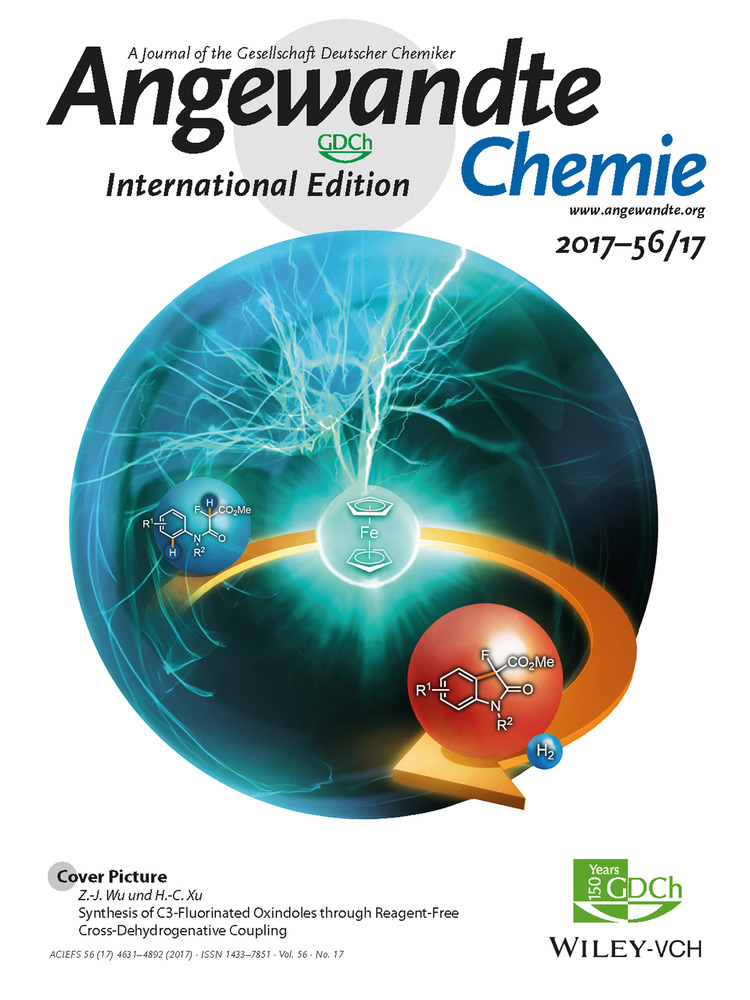Li47B3P14N42—A Lithium Nitridoborophosphate with [P3N9]12−, [P4N10]10−, and the Unprecedented [B3P3N13]15− Ion
Graphical Abstract
Triple salt: The first lithium nitridoborophosphate Li47B3P14N42 was synthesized by two different approaches using a Li3N flux. It consists of noncondensed [P4N10]10−, [P3N9]12−, and [B3P3N13]15− ions in a matrix of Li+ ions. The formation of the novel [B3P3N13]15− ion suggests a great potential of the Li3N flux method for synthesis of unprecedented anion topologies.
Abstract
Li47B3P14N42, the first lithium nitridoborophosphate, is synthesized by two different routes using a Li3N flux enabling a complete structure determination by single-crystal X-ray diffraction data. Li47B3P14N42 comprises three different complex anions: a cyclic [P3N9]12−, an adamantane-like [P4N10]10−, and the novel anion [P3B3N13]15−. [P3B3N13]15− is the first species with condensed B/N and P/N substructures. Rietveld refinement, 6Li, 7Li, 11B, and 31P solid-state NMR spectroscopy, FTIR spectroscopy, EDX measurements, and elemental analyses correspond well with the structure model from single-crystal XRD. To confirm the mobility of Li+ ions, their possible migration pathways were evaluated and the temperature-dependent conductivity was determined by impedance spectroscopy. With the Li3N flux route we gained access to a new class of lithium nitridoborophosphates, which could have a great potential for unprecedented anion topologies with interesting properties.





